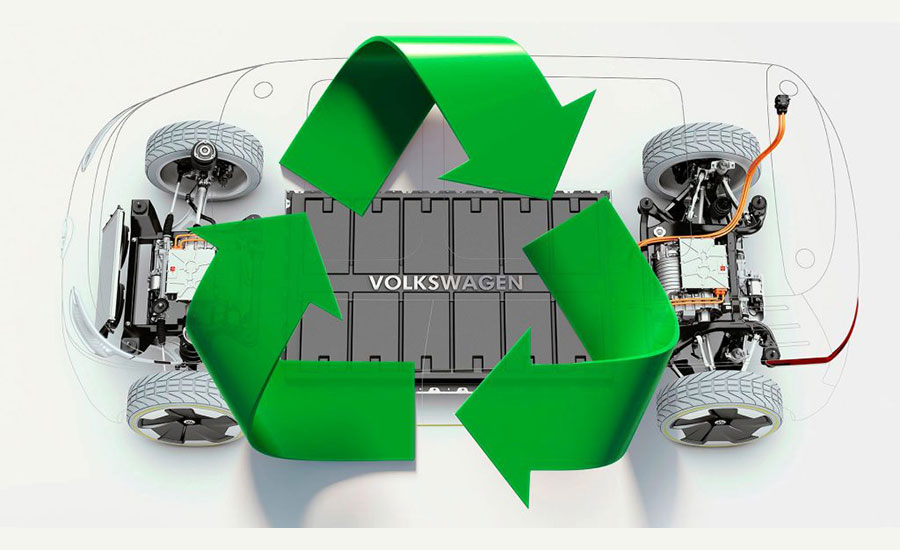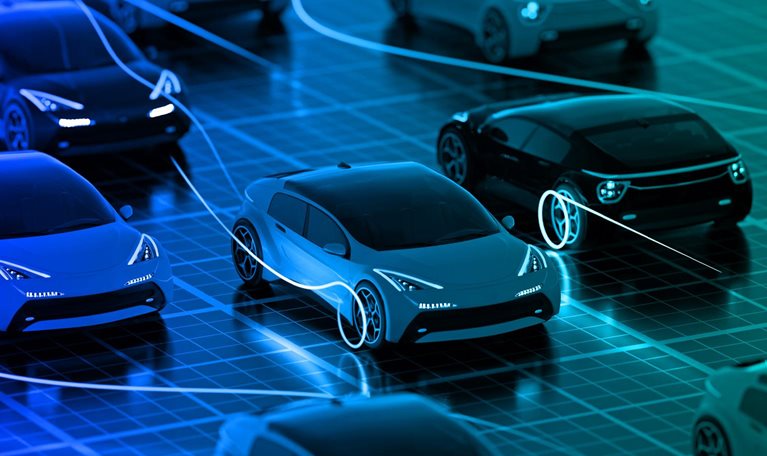The automotive industry is undergoing a revolutionary transformation, driven by the rapid advancement of electric vehicles (EVs) and autonomous driving technologies. One of the most promising developments in this space is the rise of autonomous electric SUVs, which combine sustainability with self-driving capabilities. These next-generation vehicles are poised to redefine personal and commercial transportation, offering enhanced convenience, efficiency, and environmental benefits. This article explores the key aspects of autonomous electric SUVs, including their benefits, challenges, and the role of battery recycling innovations in shaping a sustainable future.
The Growing Popularity of Autonomous Electric SUVs
Electric SUVs have gained significant traction among consumers due to their spacious design, extended range, and environmental benefits. With the integration of autonomous driving technology, these vehicles are becoming even more attractive. Self-driving capabilities allow passengers to enjoy a hands-free driving experience while improving road safety through advanced sensors, artificial intelligence, and real-time data analysis.
The shift towards autonomous electric SUVs is driven by several factors, including government incentives, stricter emission regulations, and growing consumer awareness about sustainability. Major automakers and tech companies are heavily investing in research and development to bring fully autonomous SUVs to market. As infrastructure for EV charging and smart road systems continues to improve, these vehicles are expected to become mainstream within the next decade.
How Autonomous Electric SUVs Work
Autonomous electric SUVs rely on a combination of cutting-edge technologies to navigate roads safely and efficiently. These vehicles use LiDAR, radar, and cameras to detect obstacles, pedestrians, and other vehicles in real-time. Machine learning algorithms process this data to make split-second decisions, ensuring a smooth and secure driving experience.
Furthermore, these SUVs are equipped with over-the-air (OTA) software updates, enabling continuous improvements to their self-driving systems. Automakers are also integrating vehicle-to-everything (V2X) communication, allowing these cars to interact with traffic signals, road infrastructure, and other vehicles. As a result, autonomous electric SUVs can optimize routes, reduce traffic congestion, and enhance overall road safety.
Benefits of Autonomous Electric SUVs
One of the primary advantages of autonomous electric SUVs is their environmental impact. Unlike traditional gas-powered vehicles, these SUVs produce zero emissions, reducing air pollution and dependency on fossil fuels. Additionally, self-driving technology enhances fuel efficiency by optimizing acceleration, braking, and route planning.
Another key benefit is improved road safety. Autonomous electric SUVs eliminate human errors such as distracted driving and fatigue, which are leading causes of accidents. Advanced driver-assistance systems (ADAS) continuously monitor surroundings and respond to potential hazards faster than human drivers.
Convenience is also a major selling point. Autonomous SUVs allow passengers to engage in other activities during commutes, such as working, reading, or relaxing. This feature is particularly beneficial for ride-hailing and delivery services, where efficiency and reliability are crucial.
Challenges Facing Autonomous Electric SUVs
Despite their numerous advantages, autonomous electric SUVs face several challenges that must be addressed before widespread adoption. One of the biggest hurdles is regulatory approval. Governments and policymakers are still working on establishing legal frameworks for autonomous driving, including liability issues in case of accidents.
Another challenge is the high cost of production. Advanced sensors, AI technology, and electric powertrains significantly increase the manufacturing cost of these vehicles. However, as technology progresses and economies of scale come into play, prices are expected to decrease, making them more accessible to consumers.
Cybersecurity is also a concern. Since autonomous electric SUVs rely on software and internet connectivity, they are vulnerable to hacking and cyber threats. Automakers and cybersecurity experts are continuously developing robust security measures to protect these vehicles from potential attacks.
The Role of Battery Recycling Innovations in Sustainable EV Growth

One of the most critical aspects of sustainable electric vehicle adoption is battery recycling. With the increasing number of EVs hitting the road, proper disposal and recycling of lithium-ion batteries have become a priority. Traditional battery disposal methods pose environmental risks, such as soil and water contamination. However, new battery recycling innovations are emerging to address these concerns.
Recycling companies are now using advanced methods such as hydrometallurgical and direct recycling techniques to recover valuable materials like lithium, cobalt, and nickel from old EV batteries. These materials can be reused in new battery production, reducing the reliance on mining and minimizing environmental impact. Automakers are also developing closed-loop recycling systems, where used batteries are repurposed for energy storage solutions or remanufactured into new battery packs.
Government policies and incentives play a crucial role in promoting battery recycling. Many countries are implementing strict regulations requiring automakers to develop sustainable end-of-life solutions for EV batteries. Additionally, investment in research and development is accelerating the creation of more efficient and eco-friendly recycling methods.
Future Outlook for Autonomous Electric SUVs
The future of autonomous electric SUVs looks promising, with continuous advancements in artificial intelligence, battery technology, and infrastructure development. As self-driving algorithms become more sophisticated and charging networks expand, these vehicles will become an integral part of urban mobility.
Moreover, collaborations between automotive manufacturers, tech giants, and government agencies will drive innovation and accelerate the deployment of autonomous electric SUVs. With the growing emphasis on sustainability and efficiency, these vehicles have the potential to transform how we commute, reducing carbon footprints while enhancing transportation safety and convenience.
Conclusion
Autonomous electric SUVs are paving the way for a smarter, greener, and safer future. By combining electric mobility with self-driving technology, these vehicles offer numerous benefits, including reduced emissions, improved road safety, and enhanced convenience. While challenges such as regulatory approval and cybersecurity remain, ongoing technological advancements and battery recycling innovations will play a crucial role in overcoming these obstacles. As the industry continues to evolve, autonomous electric SUVs are set to redefine the future of transportation, making them a game-changer in the automotive world.
